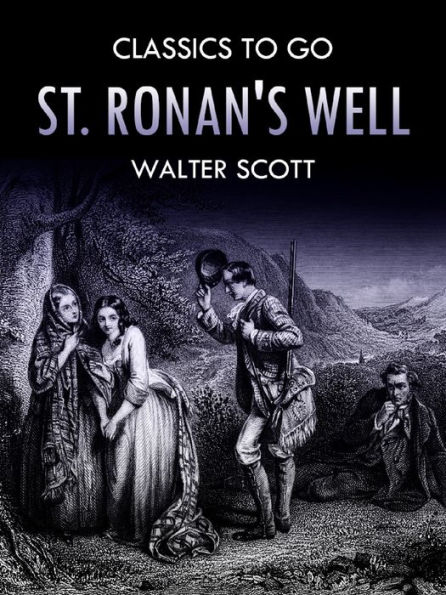Sir Walter Scott (1771-1832) was a towering figure in the world of literature, whose works have left an indelible mark on the Romantic era and beyond. Born in Edinburgh, Scotland, Scott's early life was marked by a battle with polio, which left him with a permanent limp but did little to dampen his adventurous spirit. He initially pursued a career in law but soon found his true calling in the realm of letters.Scott's literary contributions are vast and varied, encompassing poetry, historical novels, and essays. He is often credited with pioneering the historical novel, a genre that blends historical fact with fiction, thereby bringing the past to life in a way that was both educational and entertaining. His works, such as "Ivanhoe" and "Rob Roy," are celebrated for their vivid characterizations and intricate plots, which often explore themes of chivalry, honor, and national identity.A man of many talents, Scott was also a keen antiquarian and collector of Scottish folklore, which heavily influenced his writing. His deep love for Scotland and its history is evident in his meticulous attention to detail and his ability to evoke the rugged beauty of the Scottish landscape.Scott's influence on contemporary writers cannot be overstated. Authors like James Fenimore Cooper and Alexandre Dumas drew inspiration from his narrative style and thematic focus. However, Scott was not without his controversies. Critics have debated his romanticized portrayal of historical events and his conservative political views, which often permeated his work.Despite these debates, Scott's legacy as a literary innovator and cultural icon remains unchallenged. His ability to weave history and fiction together has left a lasting impact, making him a perennial favorite among readers and scholars alike.
Sir Walter Scott, 1st Baronet, FRSE (15 August 1771 – 21 September 1832) was a Scottish historical novelist, playwright, poet and historian. Many of his works remain classics of both English-language literature and of Scottish literature. Famous titles include Ivanhoe, Rob Roy, Old Mortality, The Lady of the Lake, Waverley, The Heart of Midlothian and The Bride of Lammermoor. Although primarily remembered for his extensive literary works and his political engagement, Scott was an advocate, judge and legal administrator by profession, and throughout his career combined his writing and editing work with his daily occupation as Clerk of Session and Sheriff-Depute of Selkirkshire. A prominent member of the Tory establishment in Edinburgh, Scott was an active member of the Highland Society and served a long term as President of the Royal Society of Edinburgh (1820–32). Scott gathered the disparate strands of contemporary novel-writing techniques into his own hands and harnessed them to his deep interest in Scottish history and his knowledge of antiquarian lore. The technique of the omniscient narrator and the use of regional speech, localised settings, sophisticated character delineation, and romantic themes treated in a realistic manner were all combined by him into virtually a new literary form, the historical novel. His influence on other European and American novelists was immediate and profound, and though interest in some of his books declined somewhat in the 20th century, his reputation remains secure. (Wikipedia)



